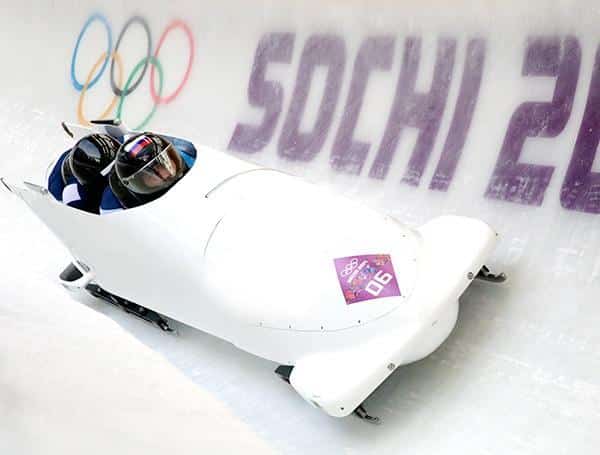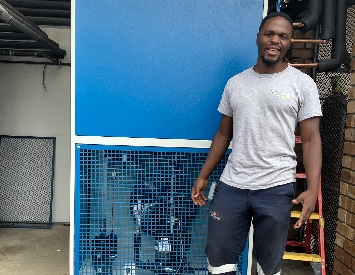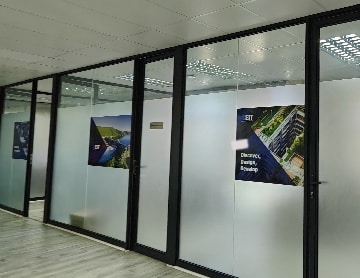The Winter Olympics are upon us. The opening ceremony airs on February 9th, 2018. Over the course of the competition in Pyeongchang, South Korea, the feats of many engineers will be on display too. In fact it will be hard to find an event untouched by engineering. (Some of the athletes themselves even have engineering degrees.)
 Source: Foter.com
Source: Foter.com One of the competitions at the Winter Olympics that should get pulses racing is bobsleigh. It is also known as Formula One on Ice because the engineering teams behind Formula One vehicles design the bobsleds.
Reuters spoke to Rachel Blackburn, the engineer who has presided over Britain’s bobsled program since 2003. She works for supercar manufacturer McLaren.
She says car companies have historically become involved with bobsleigh competitions because it is a fun way to test aerodynamics. It helps to create data that may help them engineer other products for other industries. She told Reuters:
“Applied engineering is far more interesting than the pure stuff, so when it’s applied to something that’s fun and exciting it does make it a lot easier to solve the problems. There is Americas Cup, sailing, Formula One and the high speed ice sports as well. It’s the same concept. In the skeleton we’re looking at chassis dynamics, it’s not dissimilar.”
BMW, who have been hard at work designing the most premium bobsled for the Pyeongchang Winter Olympics, have been utilizing their wind tunnels – normally used for cars – to improve their bobsled. These days, however, before creating the prototype bobsled a round of computer simulations occur.
Holger Gau, BMW expert for 3D simulation methods told The Drive.com:
“We can optimize the bobs here in exactly the same way as we optimize our cars. We look at turbulence, analyze pooling regions and use appropriate shape changes – or changed seating positions – to try and minimize resistance. We use high-performance software tools to evaluate the aerodynamics of the combination of the bob and the team, and to optimize this virtually. Then the verification and fine-tuning takes place in the wind tunnel. It’s all about finding the optimum way to interlink the advantages of both worlds – digital and real-time in the wind tunnel.”
The times are a-changin?
Whilst the advent of 3D printing (rapid prototyping) vastly improves the manufacturing process and end product efficiency of bobsleds, there is one element of the vehicle that is hampering its innovation.
The chassis is a steel chassis. Thus, whilst the body and other elements can be rapidly prototyped, the chassis is still made from steel. Blackburn says:
“The fact that we still limit things to steel makes it quite a lot trickier for small nations now to get things made, especially to the precision that skeleton sleds require given the speeds and the temperatures they are going through.”
Whilst steel innovation may be painstaking, the same cannot be said for the bobsleigh course. Researchers at Purdue University in the US suggest that instead of iced bobsled tracks the future material for the course could be plastic. And this innovation may be introduced soon after these Winter Games.
Jan-Anders Mansson, a Professor in Materials and Chemical Engineering, and the Director of the Composites Manufacturing and Simulation Center at Purdue University, explains that the bobsled tracks are used only rarely. And they are expensive. According to PHYS.org the track built for the Turin Olympics in 2006 cost US$100 million. A plastic course, today, would only cost US$5 million.
Thus, Mansson conducted three years of research into ‘ultra-high molecular weight polyethylene’. He found that when the plastic was coated with a light spritz of water over a kilometer track of the plastic, it could produce the exact kind of conditions bobsleds need to perform.
Talking to PHYS.org, Mansson said the polymer was also self-healing and would not be fatally damaged by bobsleds passing over it. He says the discovery could open the sport up to children around the world. He said:
“The goal for any sport is to get kids in there and they start to compete, and the interest grows. If you do this not with ice but with plastic that has the same properties, you can have summer bobsledding, family bobsledding and even large events in warm countries.”
Works Cited
Bartosiak, Dave. “BMW Designs Bobsleigh for German Olympic Team.” The Drive, 9 Jan. 2018, www.thedrive.com/sheetmetal/17515/bmw-designs-bobsleigh-for-german-olympic-team.
“Future Bobsled Competitions May Be Sliding toward Plastic Ice.” Phys.org – News and Articles on Science and Technology, phys.org/news/2018-01-future-bobsled-competitions-plastic-ice.html.
Rutherford, Editing by Peter. “Formula 1’s Bobsleigh Input Helps Make an Ice Runner.” Reuters, Thomson Reuters, 8 Jan. 2018, www.reuters.com/article/us-olympics-2018-bobs-f1/formula-1s-bobsleigh-input-helps-make-an-ice-runner-idUSKBN1EX17H.


